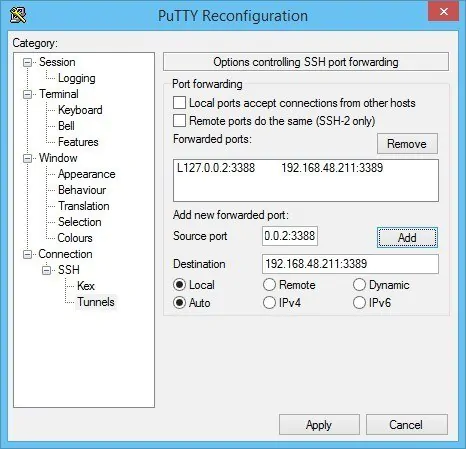
Tunnel RDP through SSH & PuTTY
Have you ever been in a situation where you needed to perform remote administration on a Windows Server, and the RDP port 3389 is blocked on a firewall? You can tunnel RDP over SSH with PuTTY

Have you ever been in a situation where you needed to perform remote administration on a Windows Server, and the RDP port 3389 is blocked on a firewall? You can tunnel RDP over SSH with PuTTY

Schedule a PowerShell script to monitor local services in your Windows Server environment

To get and set File Server Resource Manager NTFS quota you now have to use PowerShell FileServerResourceManager cmdlets. It's pretty easy to get directory information with Get-FsrmQuota and change dirquota.exe using Set-FsrmQuota.
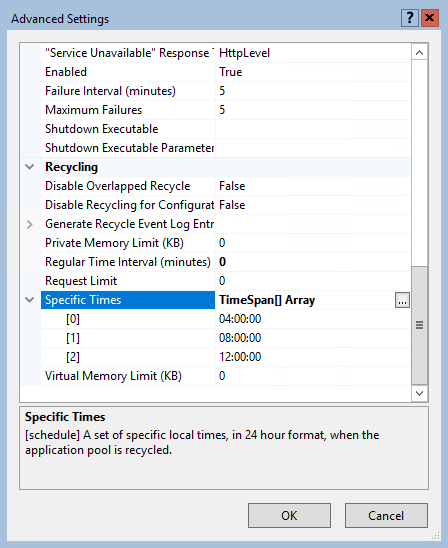
By default, an IIS application pool (or "AppPool") recycles on a regular time interval of 1740 minutes, or 29 hours. One reason for this time interval is that application pools don't recycle at the same moment every day (every day at 07.00 for example).

A change in PHP's default_charset php.ini setting causes HTML output to break if you try to set a different charset in your HTML head. It also might break functions like htmlentities() and htmlspecialchars().

Learn how to turn off swap in Bash, because when a swap partition is enabled Linux starts swapping, which may degrade (MySQL) system performance
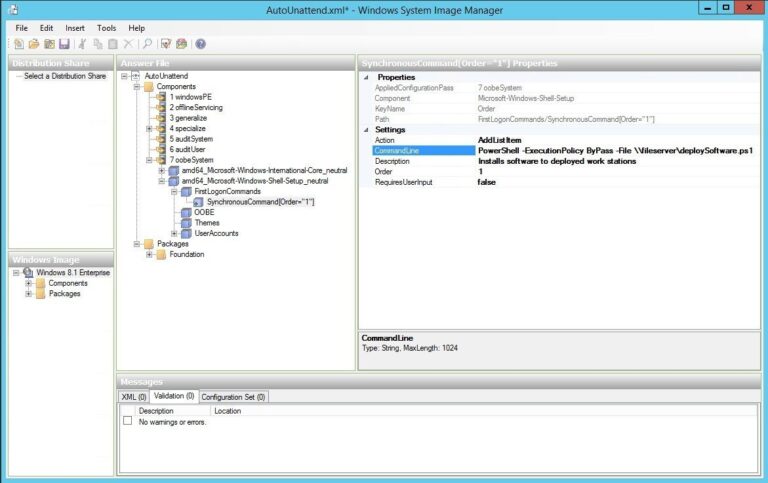
Here is how to install software packages during a Windows Deployment Services (WDS) deployment, without Microsoft Deployment Workbench (available in the Microsoft Deployment Toolkit, or MDT).
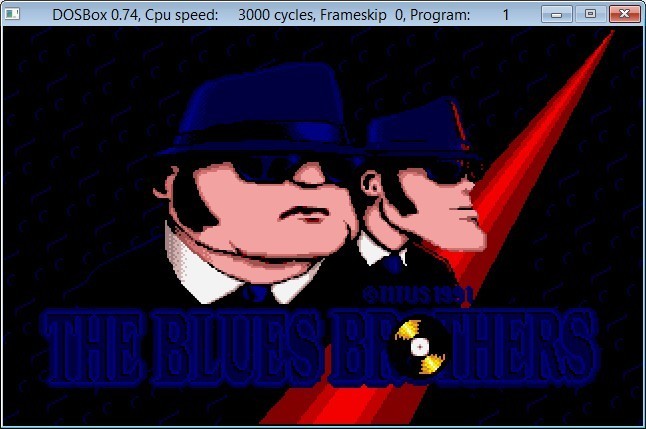
PC retrogaming how-to for 64-bit Windows - and Linux!

Sometimes you need to find all files owned by a specific user, recursively on your Windows Server NTFS file system. PowerShell has some neat cmdlets to automate this task for you and here is how.
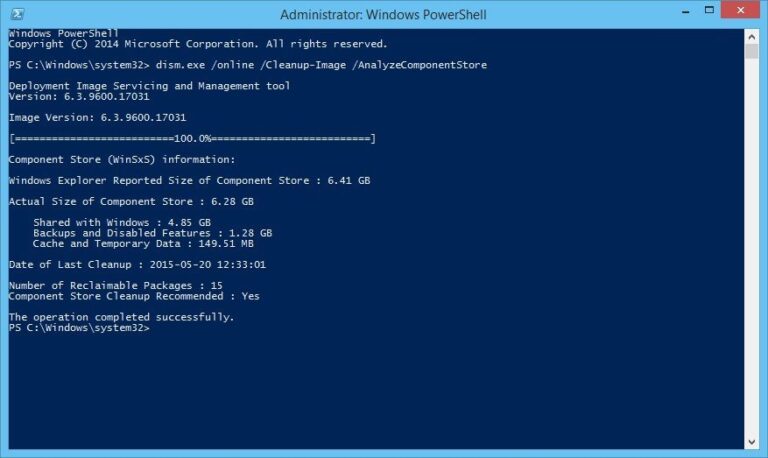
Over time, as your Windows Server runs longer, more and more disk space is eaten. Simply gone! Investigating the disk usage leaves you clueless; there are no large log files, crash dumps, or there is no software to be removed. Where did that space go?